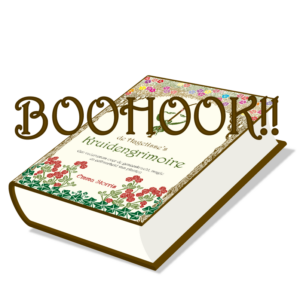
European goldenrod, Solidago virgaurea, exuberantly brightens up many countries. With its numerous bright yellow flowers, you can hardly miss this plant. In our Dutch riverlands, you used to be able to spot several Solidago species. At the water’s edge, you would occasionally come across the even more conspicuously blooming canadensis, while virgaurea fared better alongside the meadows.
Unfortunately, you do not often see the latter anymore. It has a hard time surviving in the midst of all those over-fertilised monoculture meadows in the Netherlands. Plus, European goldenrod is also crowded out by other goldenrod species, such as the aforementioned canadensis, but also by the gigantea. As a result, Solidago virgaurea has ended up on the red list of protected plant species.
Goldenrod is one of those plants that has been valued since ancient times for its medicinal properties around the world. Practically every medical tradition uses it. This plant is mainly employed because of its effect on our fluid balance, kidneys and urinary tract.
Goldenrod’s effect on the respiratory tract is perhaps less known, but nevertheless valuable. In addition, it has several external uses that we will discuss later.
You would expect goldenrod to be associated with money because of its golden appearance. And you would be correct. Among other things, you can use it to magically arrange financial matters.
Do you often lose your keys? Ask goldenrod for help. If you can use some luck, it can aid you as well. In addition to all these secular uses, this plant has beneficial effects on love magic.
Goldenrod is a strong plant that grows to a height of about 1.2 m. The rhizome is small with a lateral leaf rosette on top with the stem next to it. The stem is usually glabrous, sometimes slightly hairy and little branched, except where the inflorescence can be observed.
The shape of the leaves varies according to where they are along the stem. The lower leaves have the longest stalks and are ovate, while the upper leaves are lanceolate with no or a small stalk. The lower leaves have a sharper serrated margin than the upper ones.
Goldenrod flowers in panicle-shaped racemes. The ray florets are a sunny yellow. After flowering, white-haired cylindrical brown achenes with twelve ribs are formed.
Incidentally, the invasive canadensis does grow to a metre or two. The roots of this goldenrod species are larger and reach deeper. The inflorescence of this plant is also clearly different. The long panicles have a multitude of much smaller, lateral-facing flowers. It is therefore not difficult to tell these two plants apart.
In the Netherlands, European goldenrod is a protected plant, which is reason to leave this plant be. Because it is the virgaurea that I myself know from home, I have nevertheless chosen to devote this monograph to her and not to one of her congeners, such as the canadensis and the gigantea. However, both are equally useful for the medicinal and magical purposes mentioned in this monograph.
You can use goldenrod leaves to dye fabrics. Depending on the method, you get a golden yellow to greenish yellow colour.
Basic membership is free. A plant monograph contains:
It's not allowed to copy content of this website
and view hidden content
